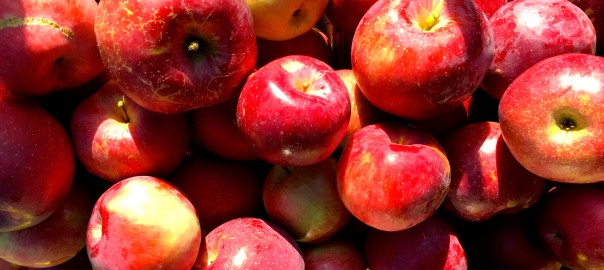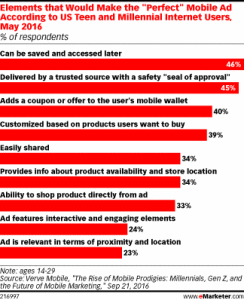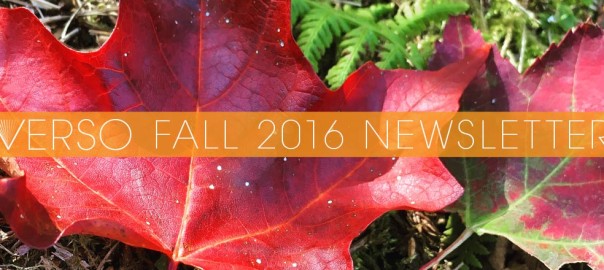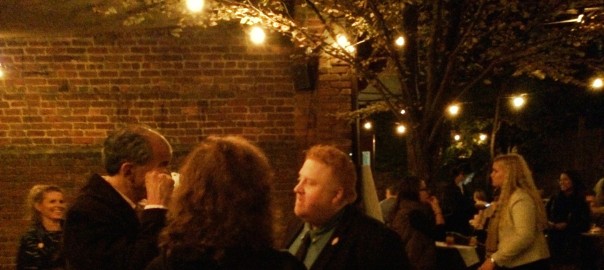YOUTUBE VIEWING HABITS
YouTube is getting longer term views. The average viewing session on YouTube is now 40 minutes. That data point comes from a Google post about winning the customer over before s/he enters the store. While it’s written for larger brand advertisers—make-up, CPG, and cars—there are good takeaways for book advertising from the post.
ON DATA AND “THE GIRL”
This isn’t advertising, but it’s such a rich analysis of book trends that anyone who loves books and data will find it irresistible: Acclaimed novelist Emily St. John Mandel writes a clever and nuanced post for Five Thirty Eight on publishing’s recent obsession with using the word “Girl” in titles. She looks at how many of the eponymous girls are actually girls (and how many are women), how many are written by women, how many are missing or lost or undead, and reports that we not yet reached peak “Girl”:
http://fivethirtyeight.com/features/the-gone-girl-with-the-dragon-tattoo-on-the-train/?&utm_medium=twitter&utm_source=twitterfeed
http://fivethirtyeight.com/features/the-gone-girl-with-the-dragon-tattoo-on-the-train/?&utm_medium=twitter&utm_source=twitterfeed
HOW’S YOUR CAMPAIGN DOING? ASK A BOT
There has been a fair amount of press on how brands are starting to use bots to buy pizza, call an Uber, or book a flight, and a good bit more about the potential for new advertising platforms using bots on messaging apps like Kik and What’s App. Now, an article in Marketing Land points out new bots that help you measure advertising campaigns by integrating directly with such platforms as Facebook and Google or with existing third party servers such as Media Math and Sizmek.
IAB STANDARD UNITS ARE DEAD. LONG LIVE IAB STANDARD UNITS.
Once upon a time, the IAB tried to tame the Wild West of internet advertising by introducing three standard units that would work across most sites: 300×250, 728×90, and 160×600. For a few years, all was well in advertisingland. But the advent of tablets and the new dominance of mobile devices soon began to mean more and more sizes. Then the native ad boom kicked in and things got wilder than ever—to the point where a single campaign can require more than ten different size ads, each with its own maximum file size, preferred file type, and timing. Even the IAB can see that it’s time to revisit the standard unit. If you want a say in what ad sizes are next, the public comment period is now open.
…OR ARE CUSTOM BANNERS THE NEW FUTURE?
On the other hand, an article on Digiday looks into the proliferation of custom units on such sites as the New York Times and Quartz, and wonders if the days of the standard banner are truly numbered. There’s a tension between the custom banners that perform better than the standard units, and the need for standard units to function with programmatic platforms.
Fall tree photo (c) 2016 Martha Otis





